That’s precisely the capability that AI-powered text-to-image generators bring to the table. These state-of-the-art tools have the ability to transform simple descriptions into visual representations.
AI, which stands for Artificial Intelligence, has brought about the most significant transformation in web design since the dominance of User Experience (UX) took over the field. Employing AI in your design process offers numerous advantages, including streamlining workflows, saving valuable time, and, when harnessed effectively, empowering greater creative authority.
In today’s discussion, we will delve into the advantages and drawbacks of AI image generators, followed by a review of some of the finest options available. This will equip you to embark on your journey with these robust tools.
Why We Should Use an AI Text-to-Image Generator?
Text-to-image generators harness the capabilities of AI to swiftly and effortlessly translate written text into visual depictions. These generators empower creators to elevate their content without the need to invest hours in sorting through stock photos or laboriously crafting their own visuals.
In straightforward terms, the process unfolds as follows: You instruct a text-to-image generator to produce an image by providing a prompt, such as “Create an illustration of a sports car.”

Then, you can simply observe as an image depicting a sports car materializes. Similar to all AI interactions, the key lies in employing the right prompt to ensure the precise output you desire. For instance, you might need to specify, “Generate an image of a convertible sports car cruising through Miami with Don Johnson at the wheel.” In reality, you’ll often discover that your prompts need to be even more intricate than that.
Once you’ve mastered the technique of crafting effective AI prompts, you’ll come to realize that text-to-image programs serve as an indispensable asset in a designer’s toolkit.
Beyond their rapid art creation capabilities, text-to-image generators can also contribute to maintaining a heightened level of consistency across a website’s visual elements.
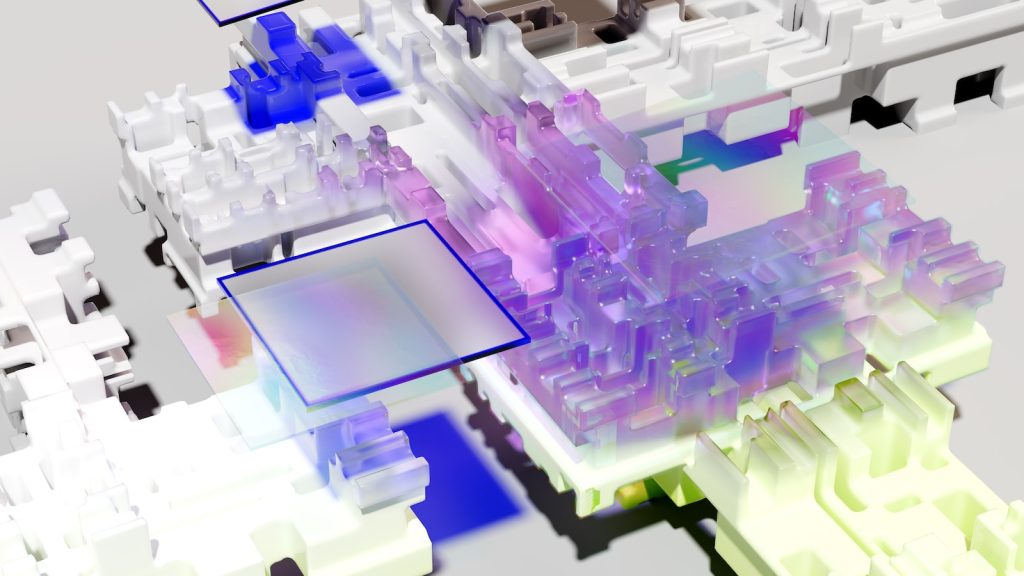
For instance, in scenarios where a design necessitates a particular number of interconnected images, and sourcing enough images adhering to the criteria becomes challenging, an AI image generator can step in to provide the missing visuals while upholding the overall visual coherence.
Limitation of AI Text-to-Image Generators
AI image generators are a big step forward in how computers are used. They’re really handy for designers who work hard. But there are some not-so-great things to keep in mind when using AI to make images.
First, the pictures made by AI are based on set rules. This might limit your creativity. AI can’t come up with ideas on its own. It can only make things based on the things you tell it. And since AI learns from what it’s told, the pictures it makes can start to look similar after a while.
Second, the pictures AI makes aren’t always really good quality. Sometimes, when AI tries to make complex shapes that we know well, like a human ear, it gets it wrong.
Remember, AI is good, but it’s not perfect yet.
2023
Lastly, there are the same ethical concerns that come with all AI. AI image generators learn from pictures that already exist. This could break copyright rules. People are working on making rules about AI, and some companies are even paying artists when their work is used by AI.
But this technology is new, and there are many different laws all around the world. Even if we start fixing things now, it’ll take time for AI to follow ethical rules.
In short, AI text-to-image generators are a powerful tool that brings good things and challenges. Just like any tool, it’s up to us—humans who use it—to decide how we use it.
5 Best AI Text to Image Generator in 2023
This technology is changing really quickly, so it’s hard to predict what the AI world will be like even just next week, not to mention next month. Here are the top five AI text-to-image generators in the third quarter of 2023. The future might bring even more powerful design tools that could be much bigger than what we have now.
DALL‑E 2
DALL-E 2, the second version of an AI image creator by OpenAI, was launched in Spring 2022. OpenAI is a well-known research company famous for creating ChatGPT.
DALL-E 2 is a big name in this field, and for good reason. OpenAI is the company that transformed AI from just an online experiment into a useful technology that anyone can use. They didn’t invent AI, but they’ve done a great job making it better.
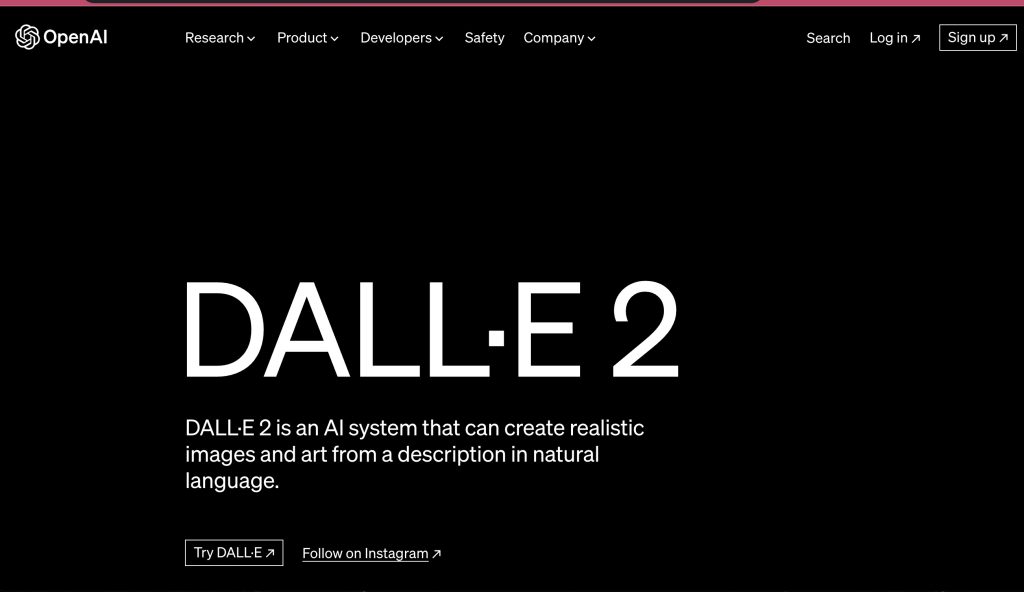
By the way, the name DALL-E 2 is a mix of the Pixar movie WALL-E and the famous artist Salvador Dali.
If you want to use DALL-E 2, you need to make an account on OpenAI. There’s a small fee for each image you make (up to $0.02 for a 1024×1024 image).
Midjourney
Even though its name might remind you of a strange story by Tolkien, Midjourney is an important part of the text-to-image generator world.
Midjourney was created to be easy to use and simple. This makes it great for people who are new to AI image generators. It has different styles you can choose from, and you can also change some settings to make the AI’s creations better when you give it more detailed instructions.
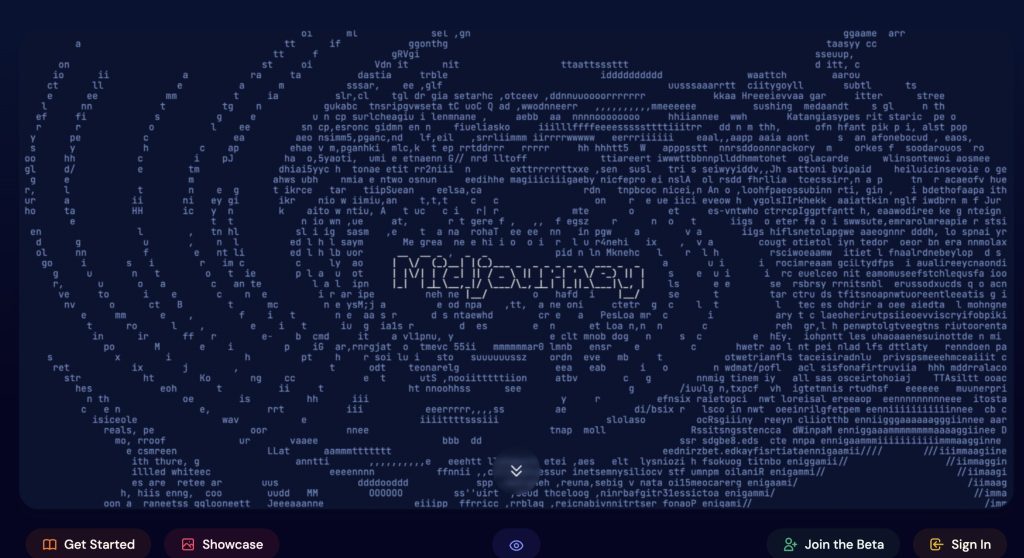
A cool thing about Midjourney is that you can use images as instructions, so it’s not just for text to images.
You can use Midjourney through Discord. Whether this is good or not depends on if you use or want to use Discord. Midjourney costs $10 per month to use.
Adobe Firefly
Because Adobe has a big budget for design, it’s not surprising that they made their own AI engine called Firefly. Firefly is not a separate app like Photoshop or Illustrator. Instead, it’s added into Creative Cloud apps to help with creating things using AI as part of what you’re already doing.
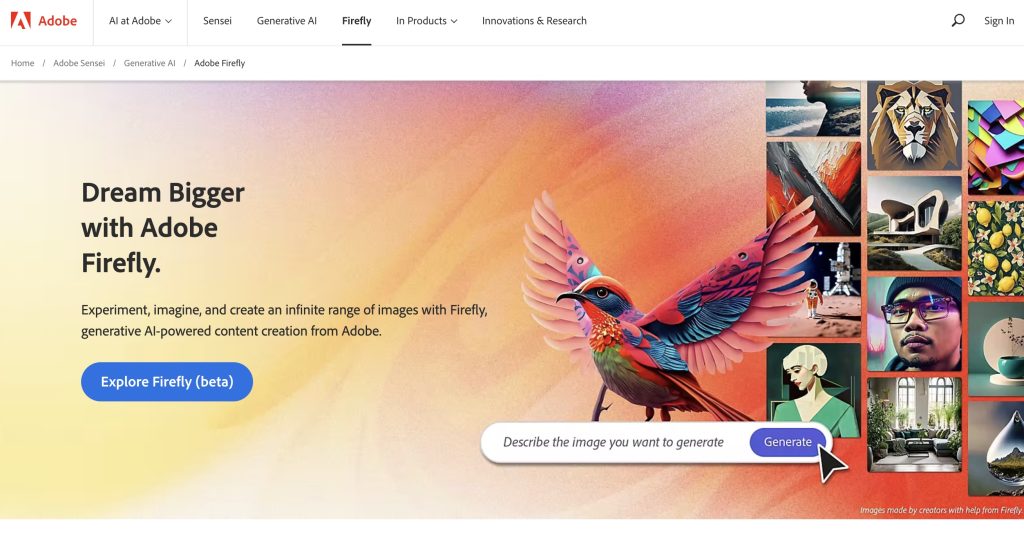
Since it’s added into the tools that many designers already use, Firefly is going to have a big impact on design in the coming years.
Adobe wants to make sure you know that Firefly learned from images that are free to use and from Adobe’s own stock images. There’s a setting that lets you prevent an image you make with Firefly from being used to teach it more.
Jasper Art
Jasper uses OpenAI’s Chat GPT-3 API to work, and it also uses OpenAI’s DALL-E to make pictures. Jasper can’t do more than DALL-E 2, so you might think it’s better to use DALL-E directly.
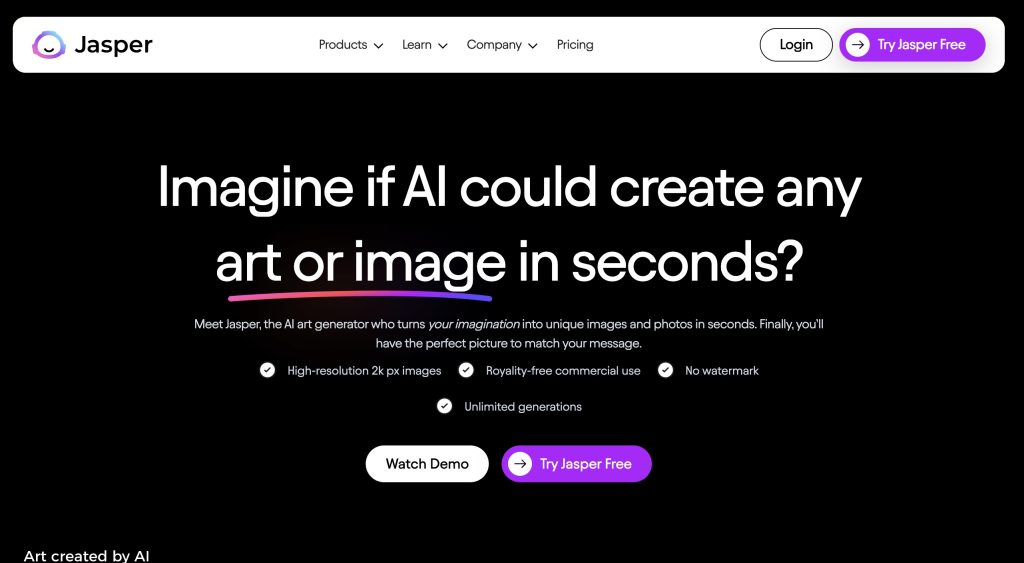
But Jasper makes it easier to give instructions. So, if you’re new to using AI, Jasper might be easier to understand than using OpenAI’s AI.
This is is one of the tools in the Jasper suite, and you need to pay at least $39 per month to use it.
Shutterstock
Shutterstock is a really big name for pictures you can use, and it’s not a surprise that they are also using AI to make art.
Shutterstock’s AI Image Generator learned from the millions of pictures they have. So, the pictures it makes are more like business pictures than artsy ones.
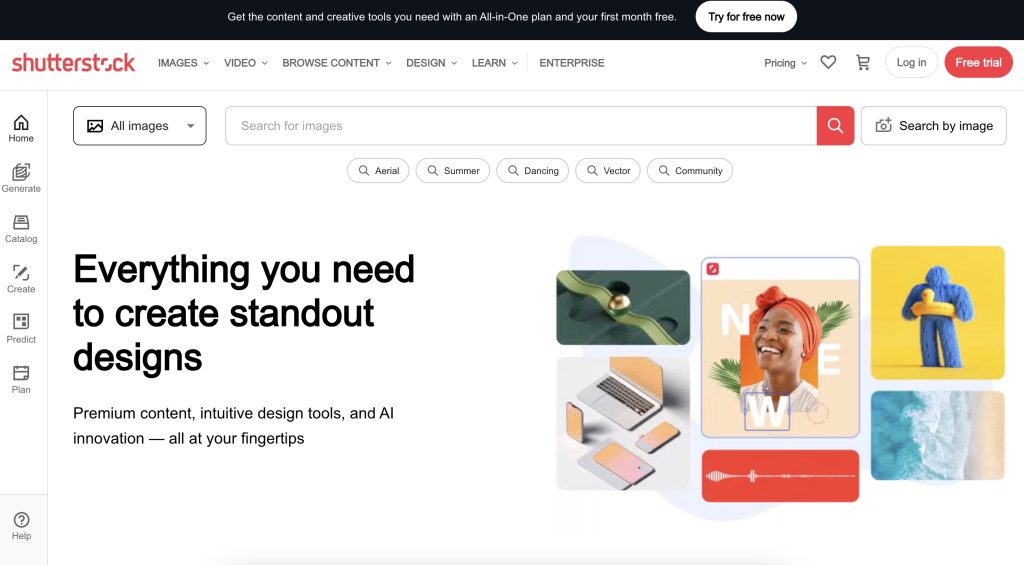
What’s special about Shutterstock is that they want to be responsible with AI. They are the first ones to pay the artists whose pictures helped teach the AI. They also make sure the artists keep getting money when the AI makes money from their pictures.
If you want to try AI picture making but worry about what’s right, Shutterstock’s AI Image Generator could be the right thing for you.


